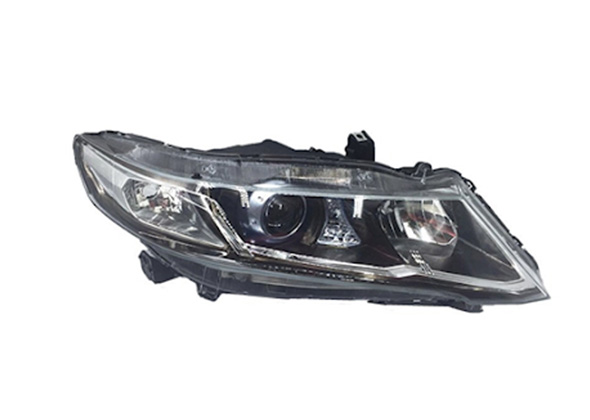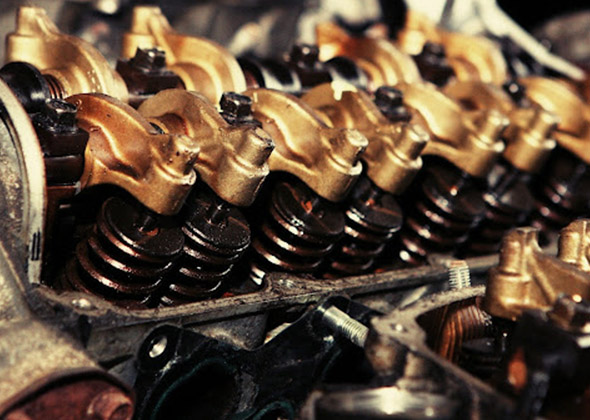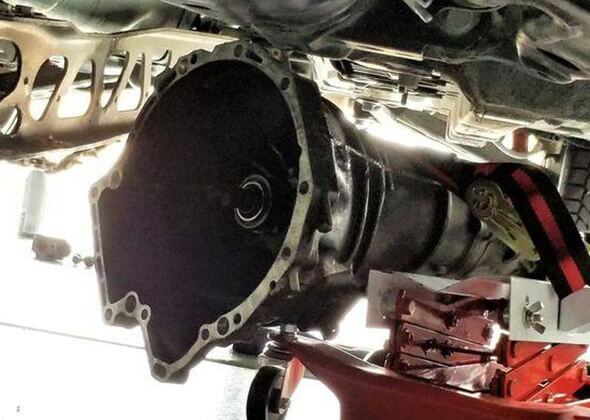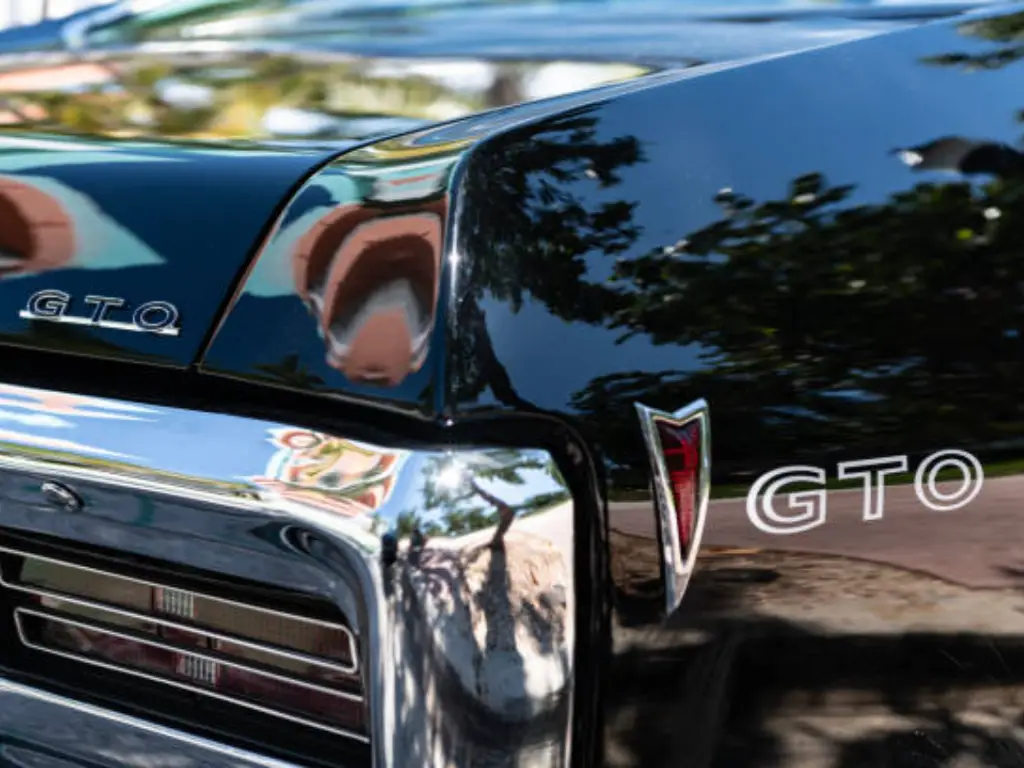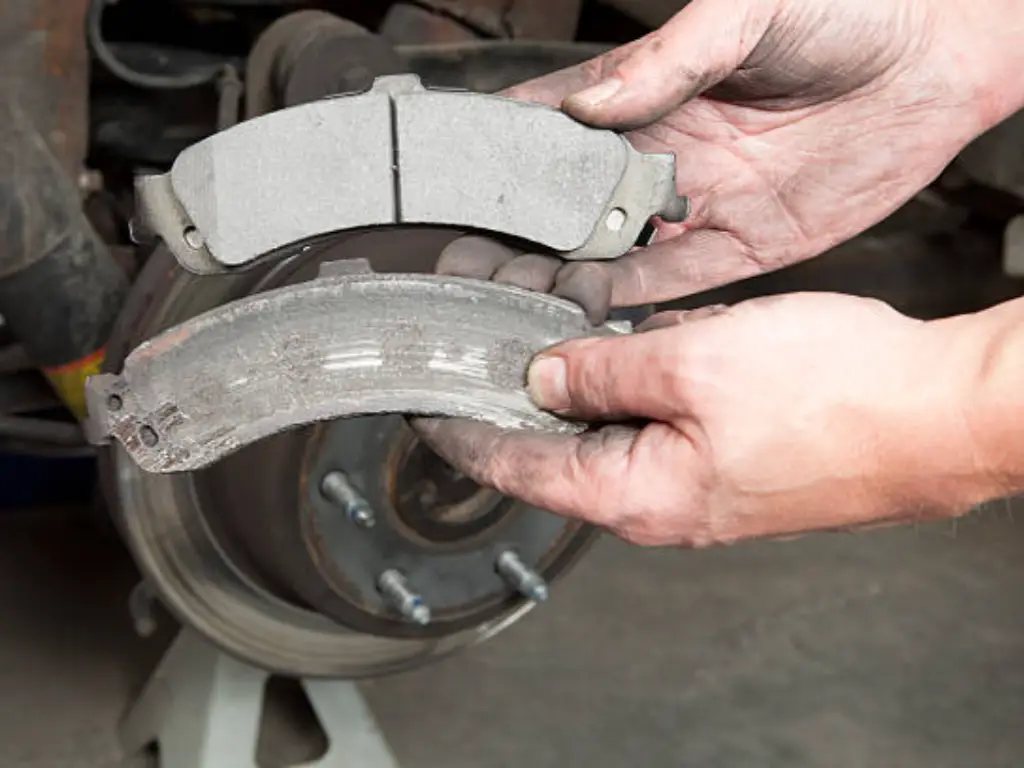
It is one of the most popular questions that a car owner can ask, and for this reason. Your brakes are the most important safety system on your car; there is no doubt about this. The thing is, however, that there is no one easy answer.
Brake pad longevity is a dynamic equation. It may take as few as 20,000 miles in the case of an aggressive motorist in heavy city traffic, up to more than 100,000 miles in the case of a gentle motorist who only drives on the highway.
Why the massive difference? Since the duration of your brake pads’ life is a complex factor of your driving behavior, the locations where you drive, the kind of vehicle you drive, and the materials your brake pads are composed of.
This is a very important component that we are going to demystify. This detailed guide will not only divide all the factors, but it will also assist you to be able to recognizing the warning signs of worn pads and even comment on the special considerations of that classic car in your garage.
The Quick Answer: Average Lifespan (Miles and Years)
By Mileage: The 30,000 to 70,000 Mile Rule of Thumb
This is all you need, and if you are in search of a simple number. The average life span of most brake pad manufacturers and auto shops will be between 30,000 and 70,000 miles (48,000 and 112,000 kilometers).
This varies widely since it must take into consideration all the factors that we will address below. Consider it a bell curve; the vast majority of drivers will be in the middle of this distribution, some 50,000 miles (80,000 km) in the middle. Should your driving style or your vehicle be an outlier, then you will be at either extreme.
By Time: Why 3 to 7 Years is Also a Key Metric
What if you don’t drive much? Maybe you have an old car that you can only look at in sunshine on the weekends, or you do your job at home and drive a few thousand miles annually. Time, in this instance, will be a factor more significant than mileage.
The braking pads and the whole braking system are exposed to the elements. Here’s why time matters:
- Material Degradation: Brake pads are constructed using resins to hold friction materials together. These resins have the ability to dry and harden over a long period, petrifying them. Even a hardened pad can lose effective stopping power and may even damage the brake rotor, even though it may still be thick.
- Corrosion: This is the actual killer of the low-mileage vehicles. The bit that clamps the pads (calipers) may become coated with rust, which will result in a pad dragging continuously on the rotor, wearing it out.
- Brake Fluid Contamination: Brake fluid is hygroscopic, or in other words, it absorbs the moisture in the air. In 3-5 years, this moisture may reduce the boiling point of the fluid (resulting in a spongy pedal) and also corrode internally.
You need to make sure that you get your brake system (pads, rotors, and fluid) professionally checked regarding age-related issues, even though you may have only driven 10,000 miles in five years.
The 4 Key Factors That Determine Your Brake Pads’ Life
So, now, we should see the reason for the 30k-70k range. These four factors determine your life as a brake pad.
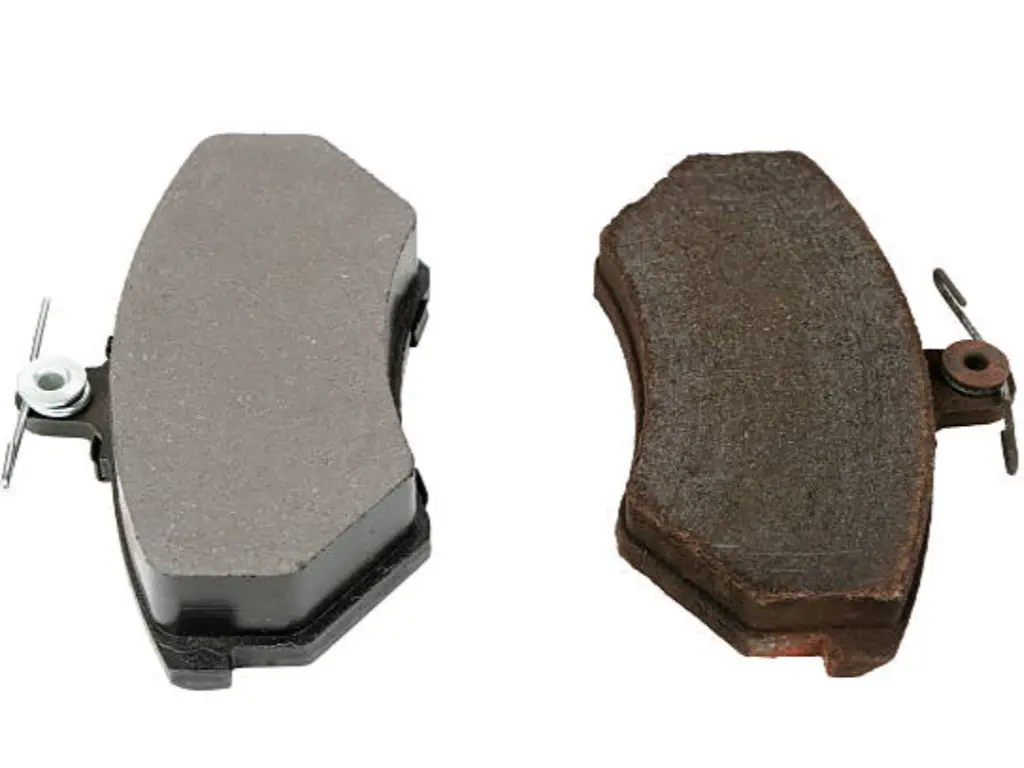
Factor 1: Your Driving Habits (The #1 Influence)
This is far and far the most significant influence. The kinetic energy (motion) stored in your car is transformed to thermal energy (heat) using friction every time you press the brake pedal. More frequent or high-speed braking or aggressive driving makes this type of braking produce more heat and wear pads more rapidly.
- City vs. Highway: A motorist driving in a busy city with stop-and-go traffic will put on the pads much faster than a highway user who will hardly use the brake pedal. Those who drive heavily in the city should expect their pad life to be at the lower end of the spectrum (25,000-40,000 miles).
- Rough vs. Soft Braking: “Riding the brakes” or pulling it hard and making frequent and last-second stops produces huge heat in magnitude, glazing, and wearing pads away quickly. A driver with knowledge of how to stop, coast, and use mainly smooth and steady pressure will not only live a much longer life of over 70,000 miles but will also avoid costly repairs and experience a better life.
Factor 2: The Brake Pad Material (A Deep Dive)
Not every brake pad is created equal. They are made using various compounds, each with a unique trade-off between life, noise, stopping power, and cost.
- Organic (NAO – Non-Asbestos Organic): This is a composite of fiber and organic materials (such as rubber, Kevlar, and glass) bonded together using resin. They are silent and inexpensive and do not damage rotors, but wear out the quickest and do not work in high temperatures.
- Semi-Metallic: These pads have 30 per cent to 65 per cent metal (such as steel wool or copper). They provide great heat transfer and stopping power and are suitable for performance or heavier automobiles. They are highly durable, though they are noisy and abrasive on the brake rotor.
- Ceramic: This one is composed of a thick ceramic substance with copper fibers. They are the most silent, give the finest (and lightest-coloured) dust, and are highly resistant to wear, and, consequently, bear the longest life. They are highly efficient in high temperatures and offer reliable performance, though they are quite costly.
The following is a rough form of the comparison:
| Brake Pad Type | Average Lifespan | Noise Level | Brake Dust | Stopping Power | Cost |
| Organic (NAO) | Lowest (20k-40k mi) | Very Quiet | Moderate | Good (Cold) | $ |
| Semi-Metallic | Long (40k-70k mi) | Can be Noisy | High (Dark) | Excellent (Hot/Cold) | $$ |
| Ceramic | Longest (50k-90k+ mi) | Quietest | Very Low (Light) | Excellent (Stable) | $$$ |
Factor 3: Your Vehicle Type and Environment
- Vehicle Weight: The simple physics of
Kinetic Energy = 1/2 * mass * velocity^2tells the story. A large vehicle (such as a Ford F-350 or a big SUV) is much heavier and, therefore, it takes a lot longer to come to a stop than a lightweight coupe (such as a Honda Civic). To brake that additional weight, it needs more braking power, its heat production increases, and it loses pads. - Environment: Where you live matters.
- Hills & Mountains: Long, sharp passes will take pads that need to be braked every second, and this will wear out pads exponentially quicker than the flat Midwest plains.
- The “Salt Belt”: When the snowfall and road salt are heavy in the winter, and you live in the area, it means that you are in a highly corrosive environment. Such rust may result in seizing of caliper slide pins, and the resultant outcome is rapid and uneven wear of the brake pads, which has nothing to do with your driving habits.
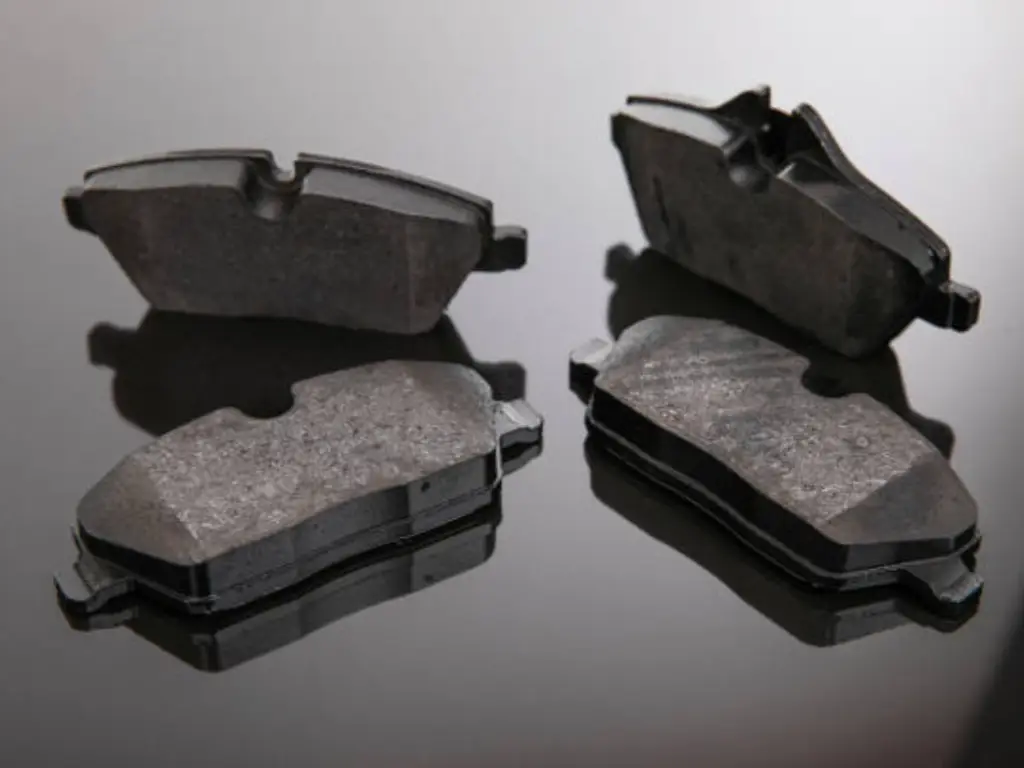
5 Telltale Signs Your Brake Pads Need Replacing
Your car speaks very well, in particular when its safety systems are violated. Your senses make the most effective diagnostic. These five common signs include listen, look, and feel.
- High-Pitched Squeal: This is the most widespread and deliberate symptom. A majority of the brake pads are designed with a small metallic tab known as a wear indicator. Once the pad material has worn to a specific thickness (usually 2-3mm), this tab will come in contact with the spinning brake rotor, causing an unmistakable and high-pitched squeal. It is the way your car is telling you that you need to book a service soon.
- A Grinding, Dull Bang: This is a severe warning. The grinding or growling noise will indicate that you have entirely worn the friction medium, and that the metal support plate of the brake pad is now in contact with the metal brake rotor. This is a dangerous object of safety. You will have a tremendous extension on your stopping distance, and you will be literally burning your rotors. In case you hear this, please pull up the car and get it serviced immediately.
- Pulsation or vibration at the brake pedal: When you press the brake pedal and you are at speed, you experience a shudder or a pulsation of your brake pedal (or maybe even the steering wheel), it is a likely indicator that your brake rotors have been overheated. This is usually occasioned by pads that are used or by braking, which is repeated and heavy.
- Pulling to One Side: Does your car pull to the right or the left when you brake? This means that your brake system is faulty. Normally, it implies that the brake on one side is not as effective as the other. This may be due to a taken caliper or a brake hose that has burst internally, causing potentially hazardous uneven wear.
- A Soft or Spongy Brake Pedal: When your brake pedal seems extra-soft, or sinks slowly towards the floor, this is not necessarily such a sign of pad wear as much as it is a sign of a problem with your brake fluid or hydraulic system (such as fluid leakage or air in the lines). This is a critical failure. Pull over and get your car towed.
How to Visually Inspect Your Brake Pads
You do not necessarily need to be a master mechanic to make a crude calculation of your life on the brake pads. It only requires a flashlight at times.
- Park Safely: Park your vehicle on a level and smooth surface and use the emergency brake.
- Look through the Wheel: In most new cars with open alloy spoke wheels, you can see the pads and caliper of the brakes without taking the wheel off.
- Light A Flashlight: Turn on your flashlight and shine the light through the holes in the spokes in the brake caliper (the part that catches onto the shiny metal disc, the rotor).
- Check the Pad: You will get the pad brake pressed to the rotor. The pad is composed of two components, one of them being the thick metal backing plate, and the other being the friction sandwiched between the plate and the rotor.
- Check the Thickness: You can only be interested in the thickness of the friction material. There is approximately 10-12mm worth of material in a new brake pad. It is generally perceived that the minimum safe thickness is 3mm (approximately 1/8 th of an inch). When it appears poorer than that, then it is time to change it.
- Check Both Sides: The inner pad (between the caliper and the hub of the car) and the outer pad should be checked. Unequal distribution of wear is usual, and the inner pad is usually less than the outer, yet more difficult to observe.
A Special Consideration: Brake Pads for Classic & Vintage Cars
Although the laws of friction and heat are universal, there are some peculiarities concerning the implementation of these laws to classic and vintage cars (1920s-1990s).
To the owners and restoration shops, it is not so easy to find the correct brake part by simply going to a nearby auto parts shop. You are working with parts that are discontinued, materials that are outdated, with the necessity of preserving originality and safety.
It is difficult to find New Old Stock (NOS) parts, and even when they are found, the bonding resins of a 50-year-old brake pad can be worn. On the other hand, applying a more modern, firmer, and semi-metallic pad onto a system that is to be used on soft, organic material may harm original, non-renewable rotors.
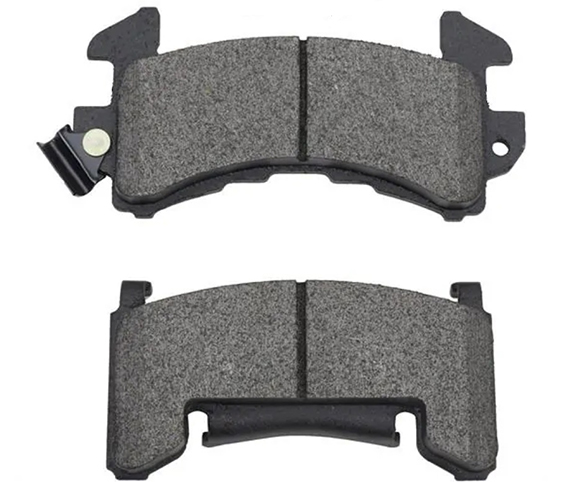
Our Solution: Precision-Engineered Parts from Sunway Autoparts
It is this issue that we have been addressing since 2007. At Sunway Autoparts, we specialize in the production of quality parts that fit the classic models, with the main focus on those made between 1920 and the late 1990s, with the produce a broad variety of components, including brake pads, brake shoes, etc, to fit Ford, Volkswagen, Jaguar, and Chevrolet models.
The most difficult thing that distributors, wholesalers, and restoration shops would face is finding good, reliable parts at all times. We address this by producing fake parts that are made to fit the OEM specifications but are made with better current materials and production technologies. This presents your classic car restoration with he best of both worlds: a classic look and fit, and the strength and safety that can be much greater than what the elements of the 1960s or 1970s offered. We operate a multifaceted supply chain to help our B2B customers get hundreds of various standard parts or even create their own components, and we are a reliable upstream supplier to your company.
A Common Question: What About Your Brake Rotors?
You cannot talk about brake pads without talking about the other component of them, the brake rotors. These heavy metal discs are clamped by pads that prevent the car.
You can expect that, on average, brake rotors will last approximately 2 times longer as the brake pads. This has often been referred to as the 2:1 ratio. Usually, you would be average on the number of times you would replace (or resurface) your rotors with each successive set of brake pads, and the average life of your brake pads would be between 50,000 and 90,000 miles.
This, however, is dependent on the pad material. Rotors will be worn out more rapidly by aggressive semi-metallic pads. Pads made of ceramics are softer.
When you experience your rotors when you are braking, you will be aware that something is wrong with them. It is also possible to physically examine them to see deep grooves, “scoring,” or a big lip of rust on the outer edge. Previously, when changing the pads, thick rotors used to be resurfaced (machined flat). To reduce weight today, most rotors are made thinner and are made in the form of a replaceable part, which is disposed of together with the pads.
Conclusion
As you can see, “How long do brake pads last?” is a question with a very complex answer. It’s a dynamic system, not a single part with a simple expiration date.
The 30,000 to 70,000-mile range is a helpful guide, but the real power comes from understanding why they wear. By paying attention to your driving habits, listening to your car, and performing simple visual checks, you are no longer just a passenger. You become an informed owner, capable of maintaining your vehicle’s most important safety system for tens of thousands of miles to come.

